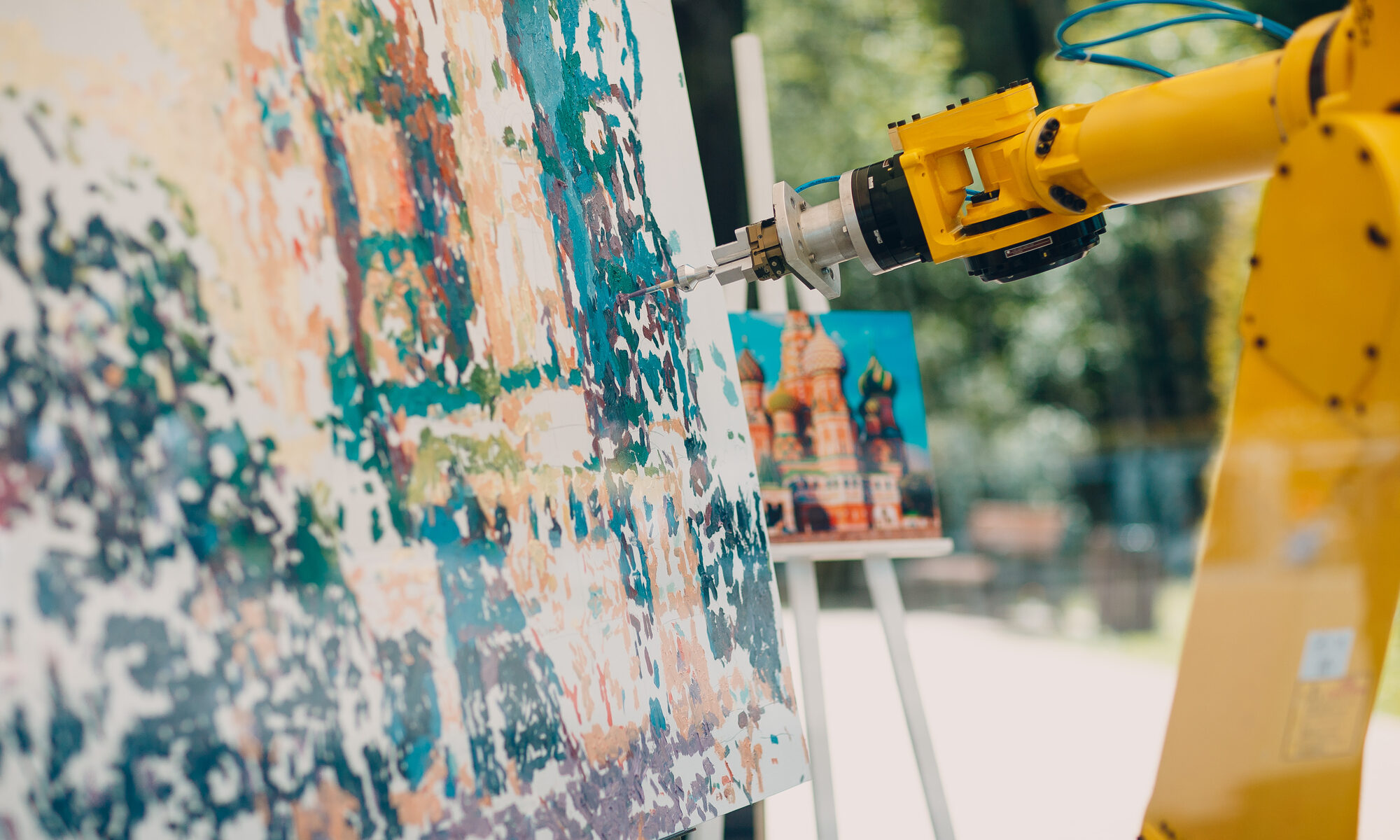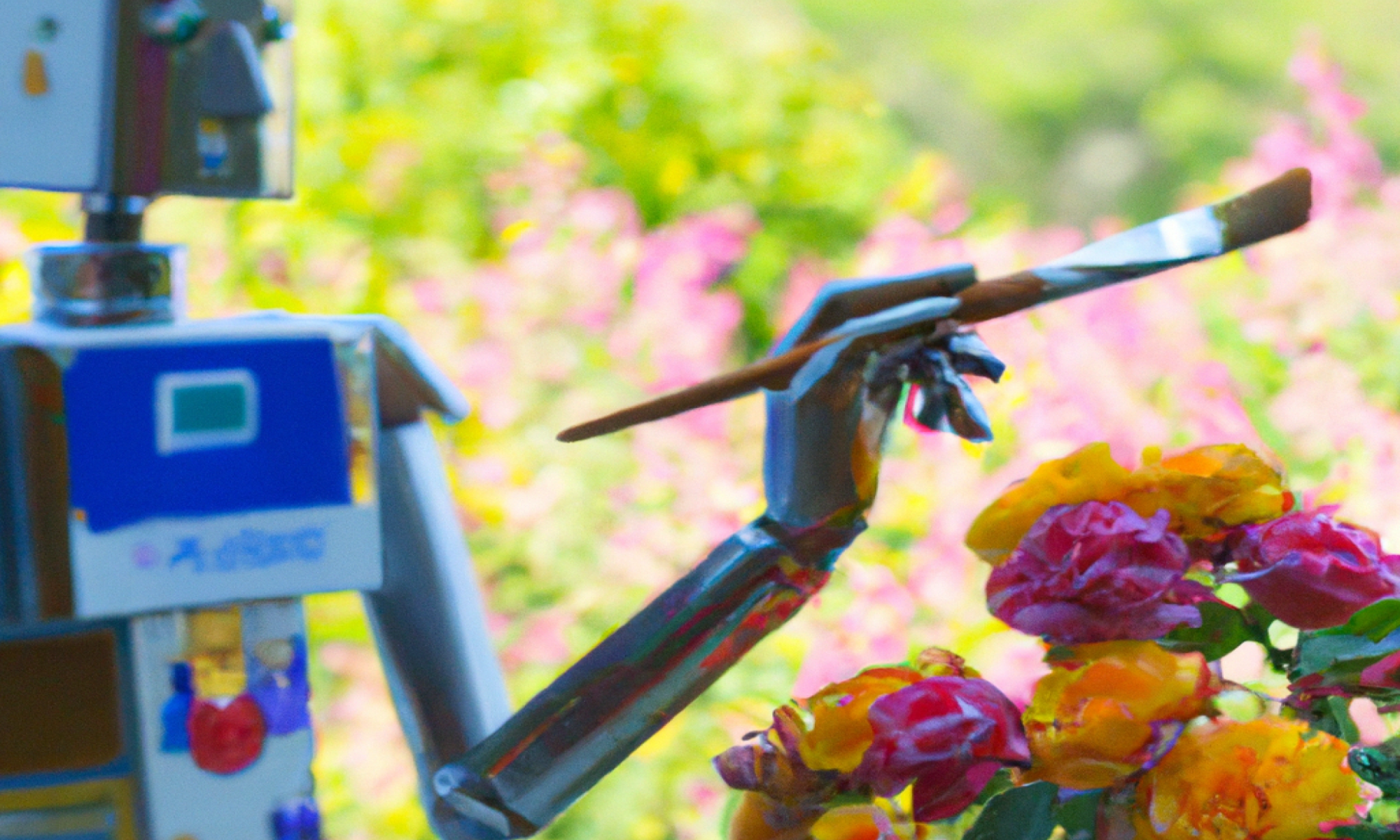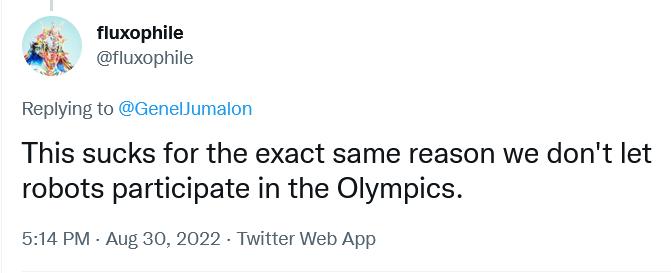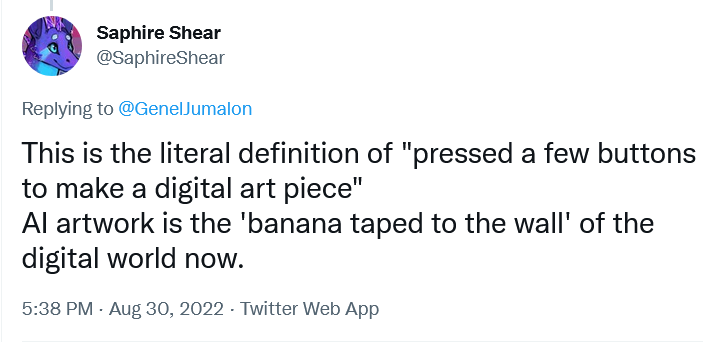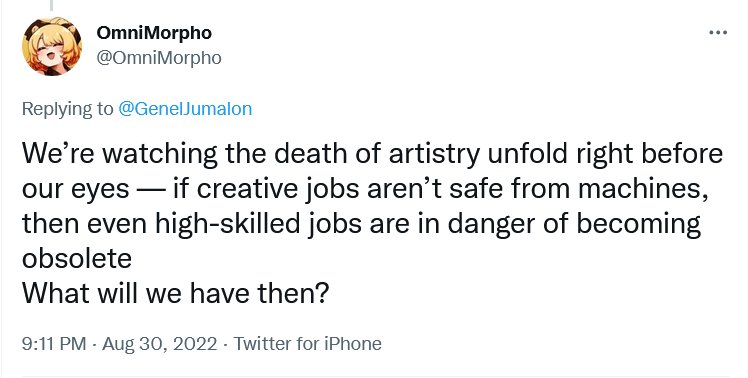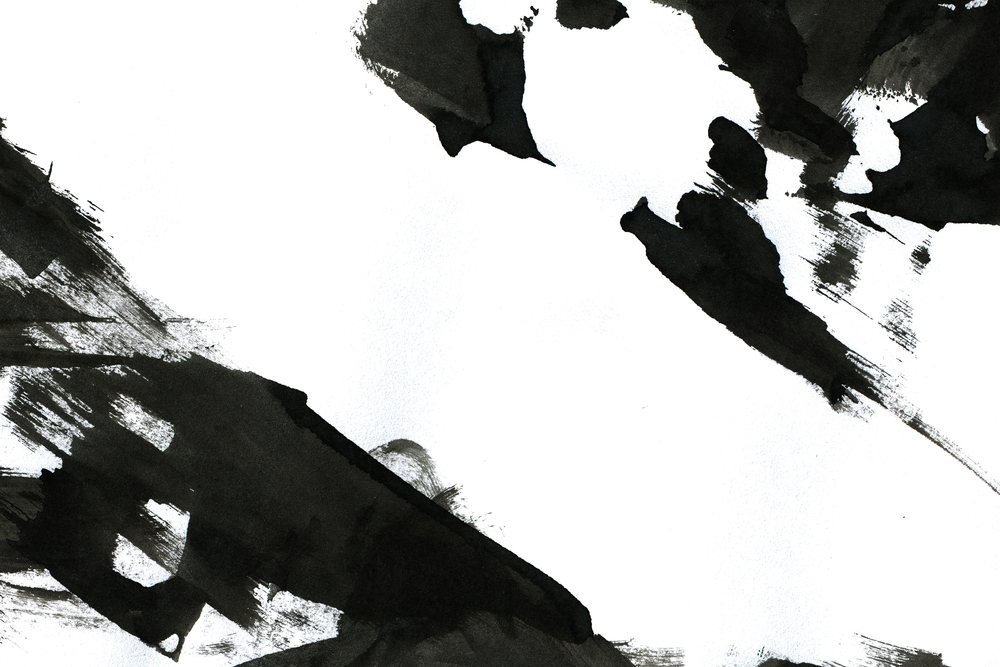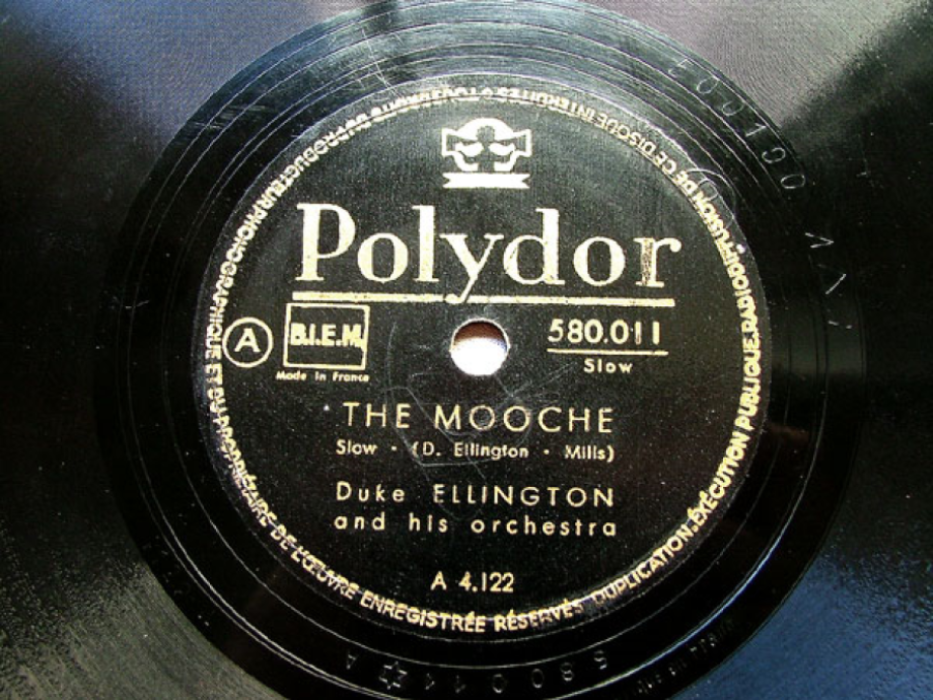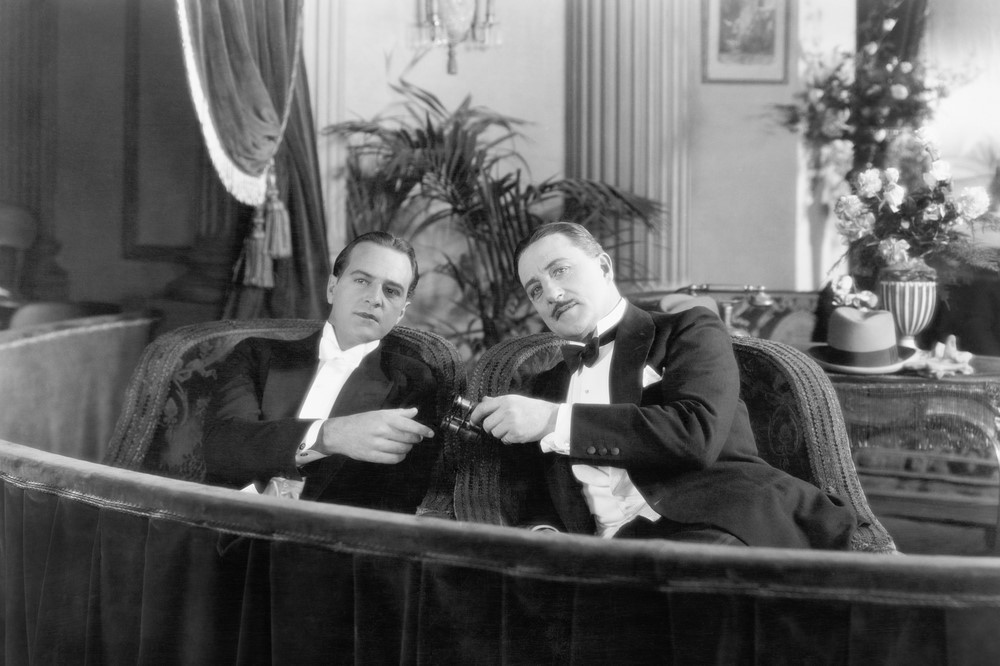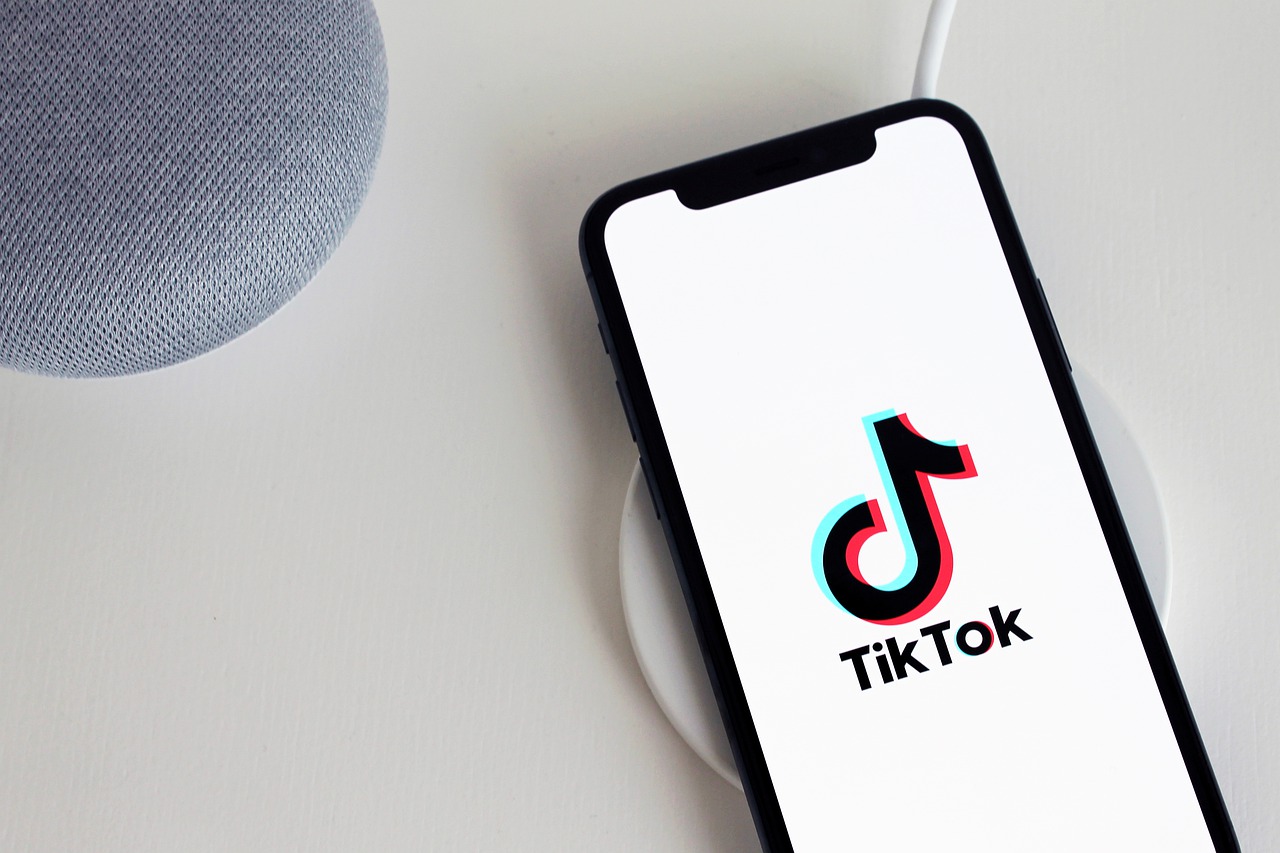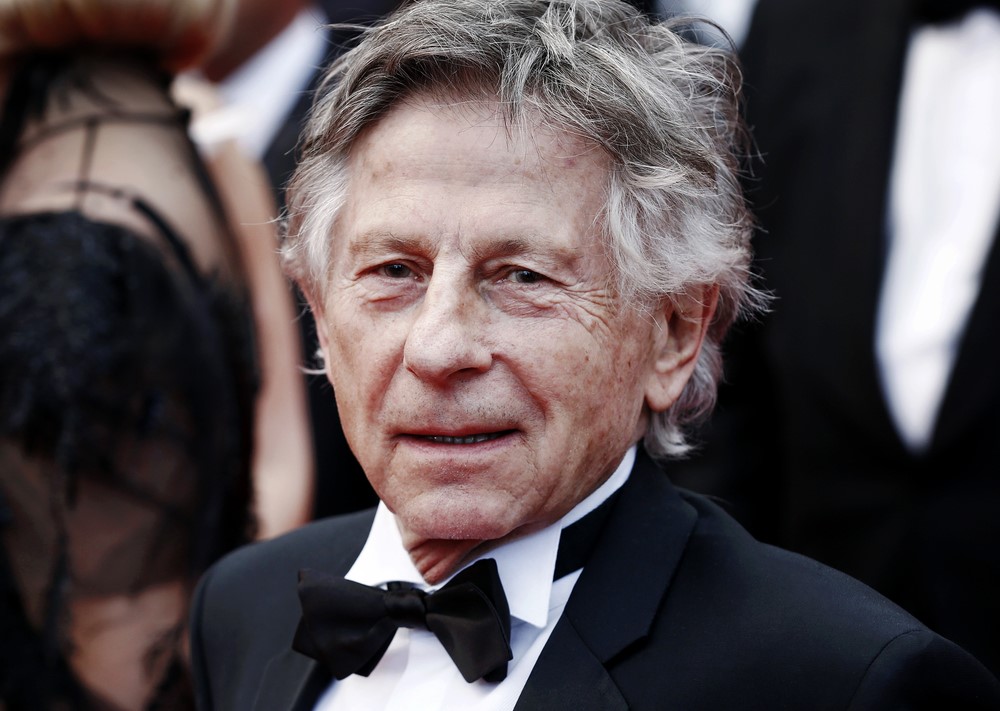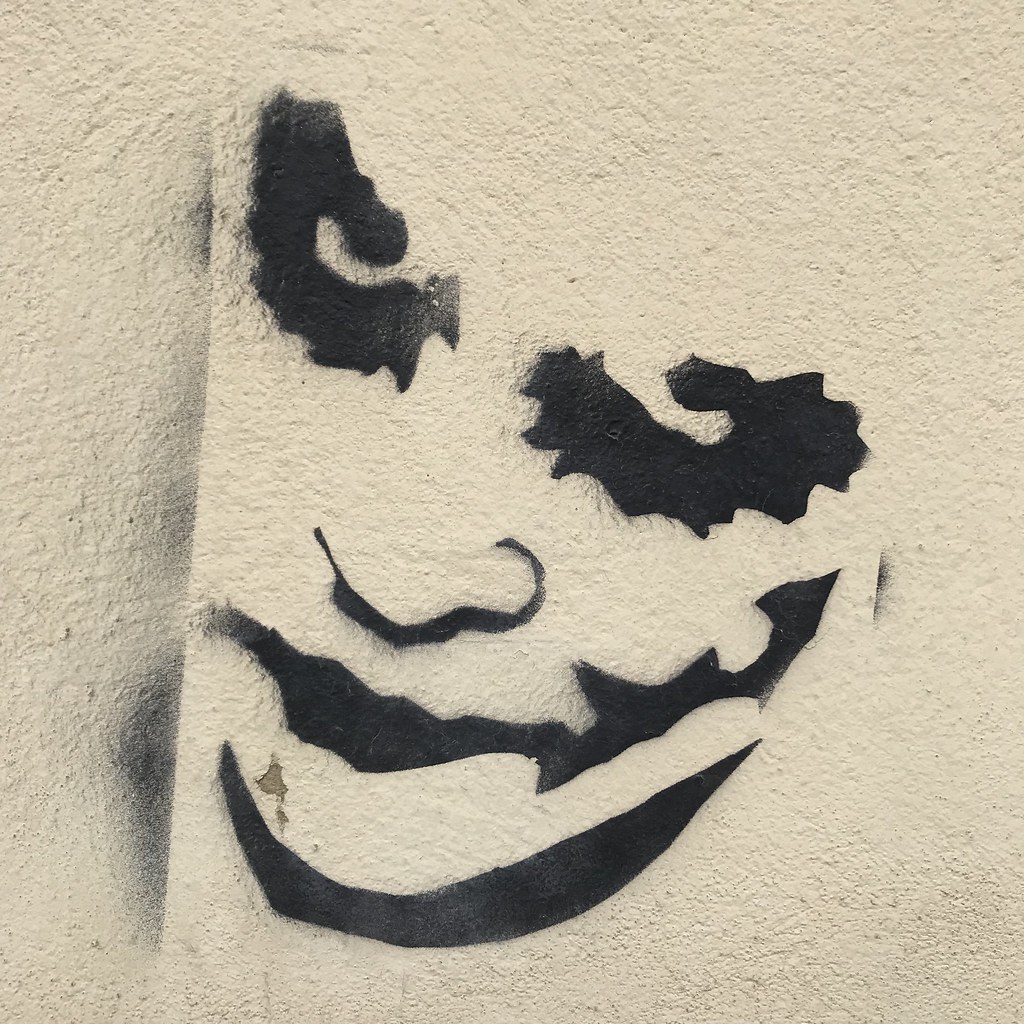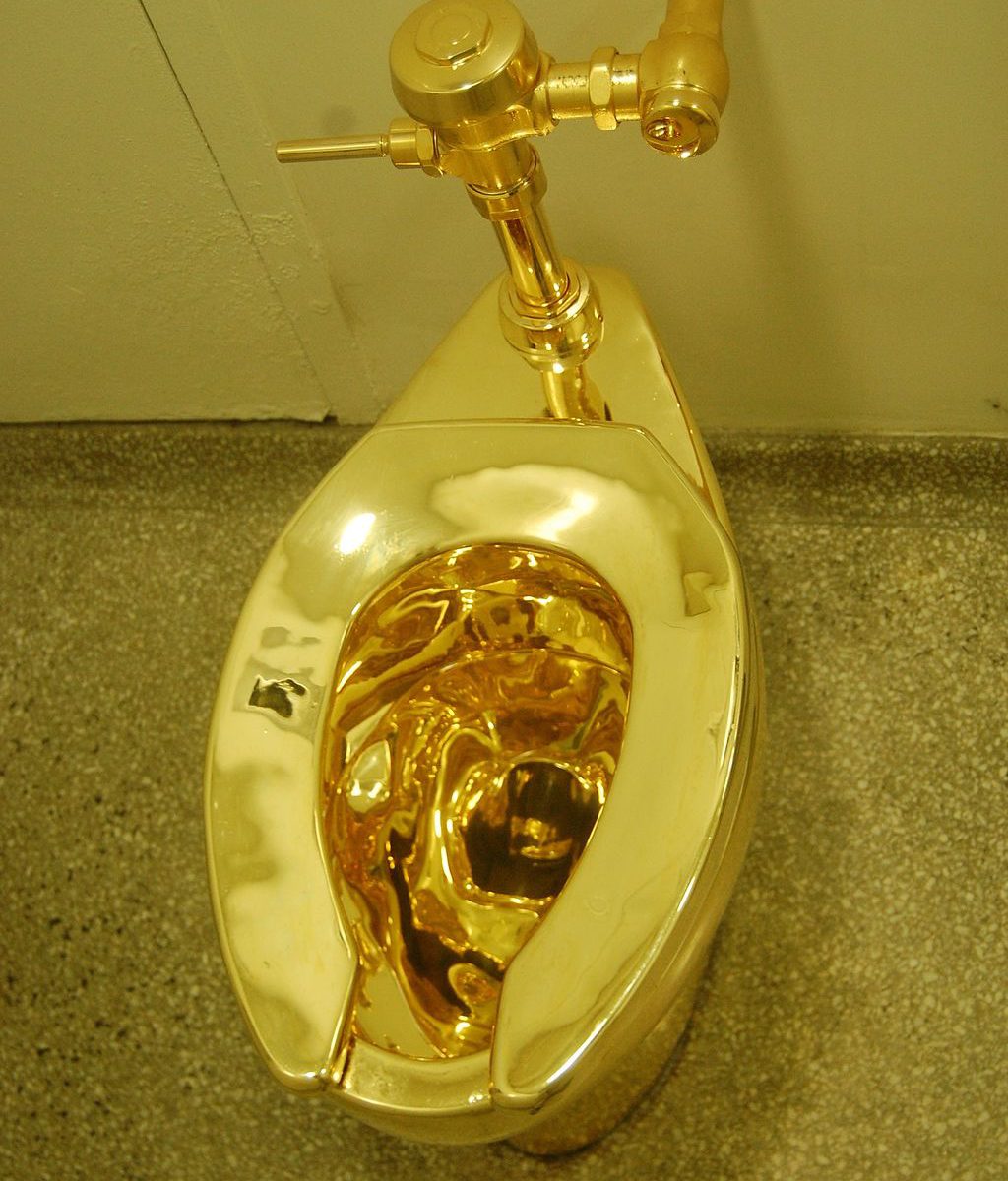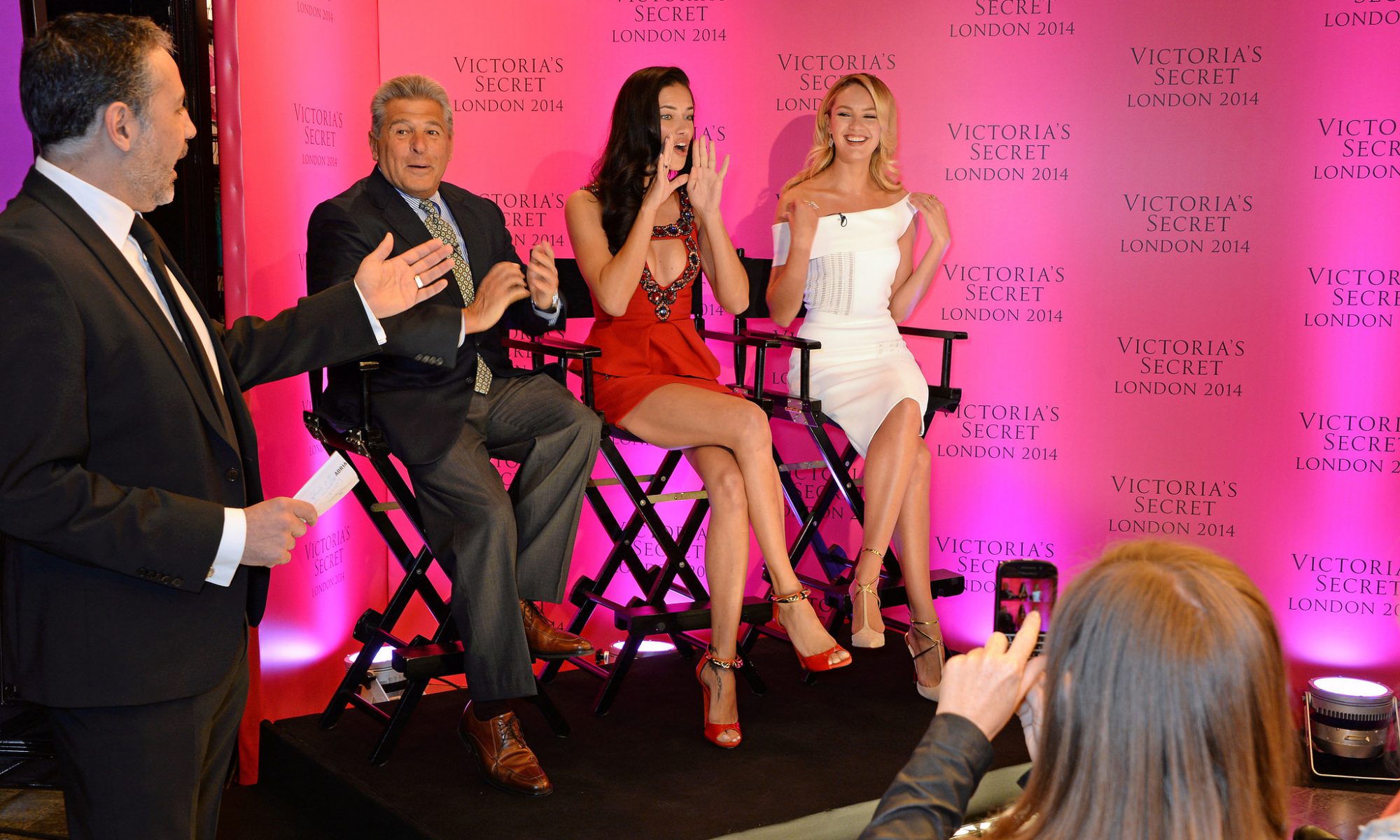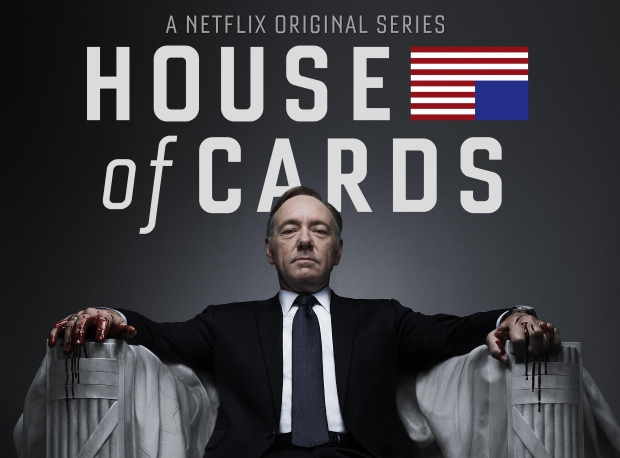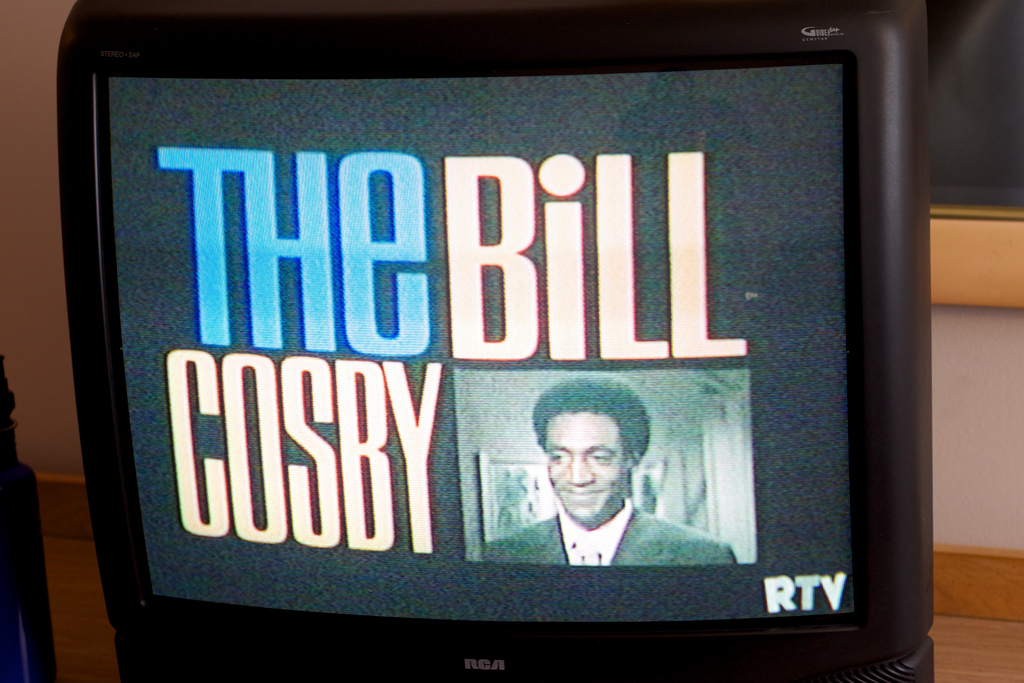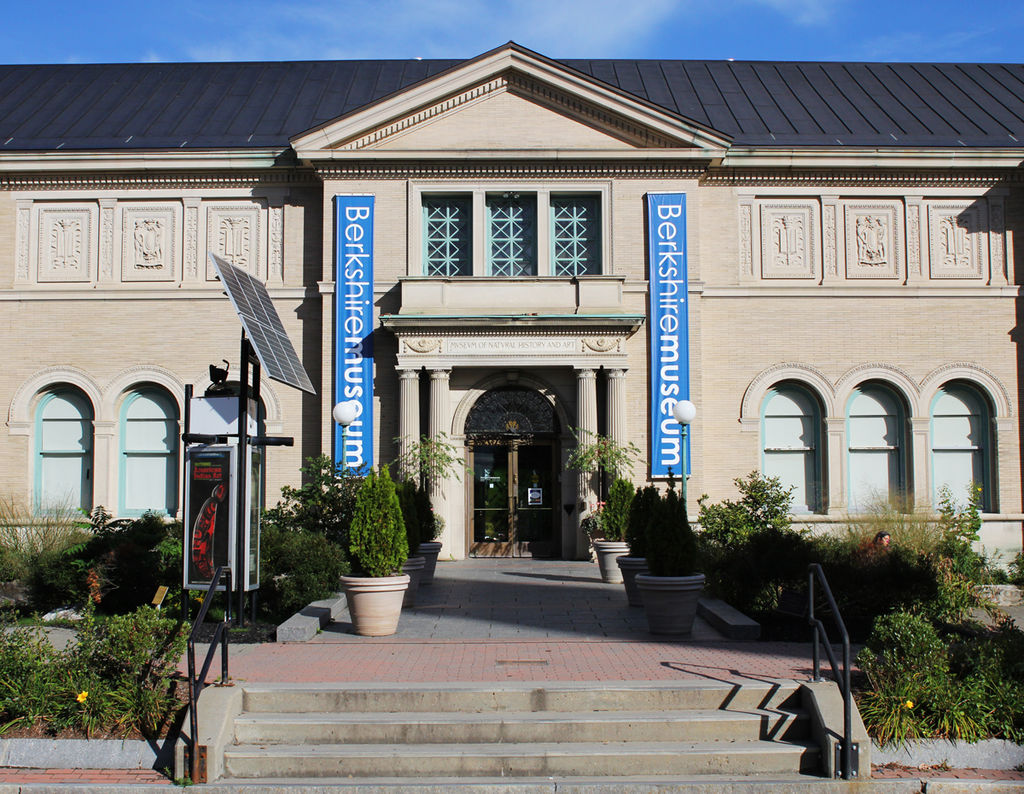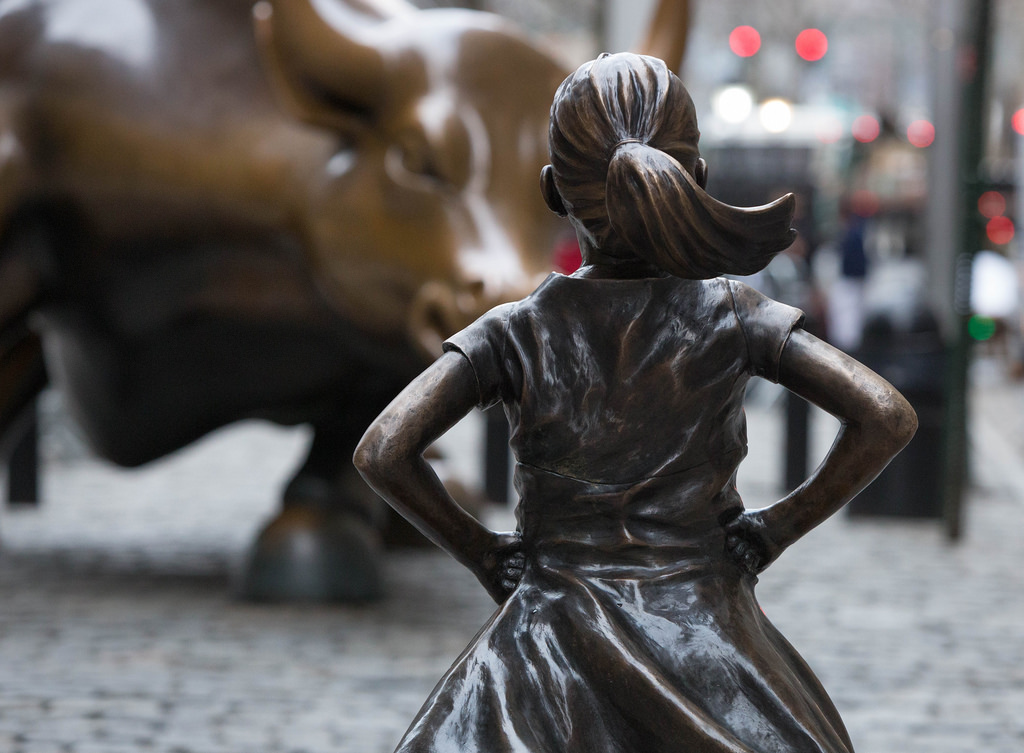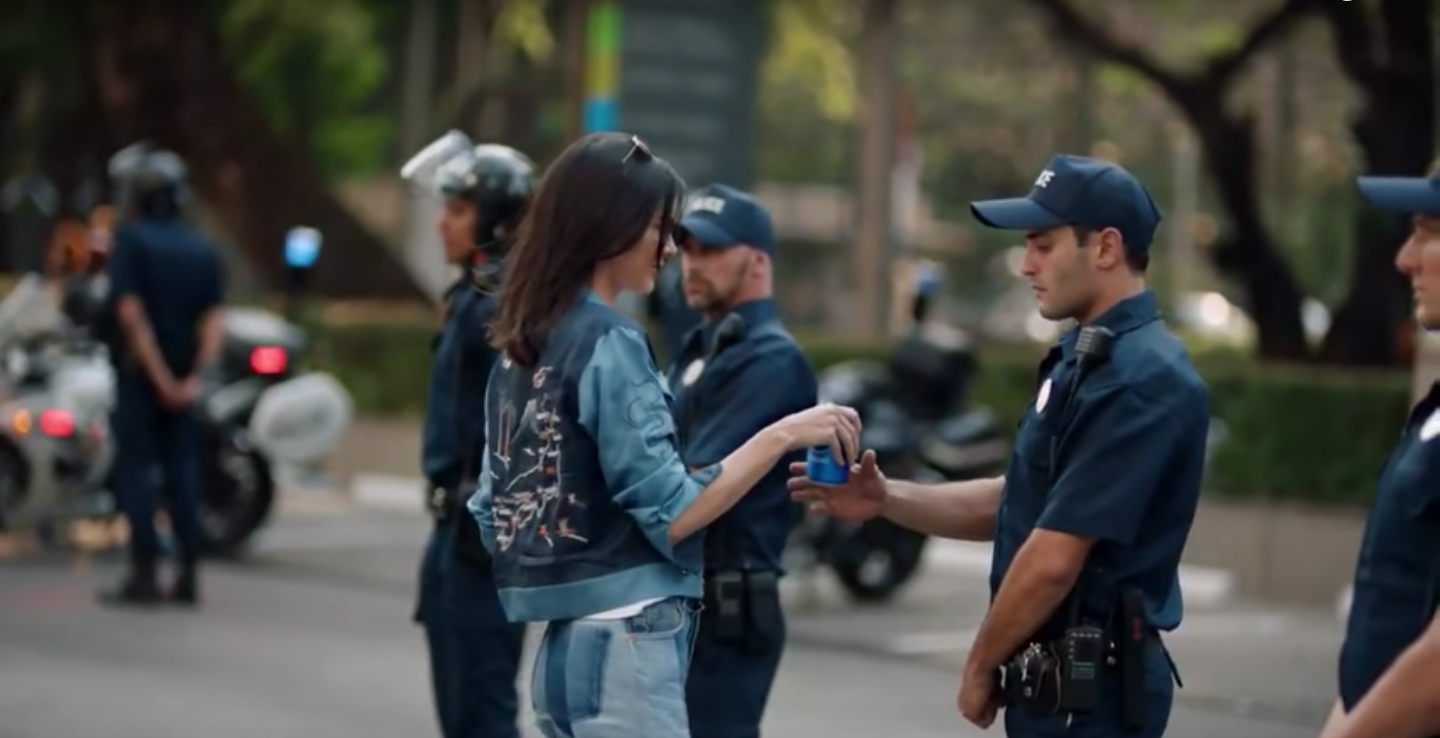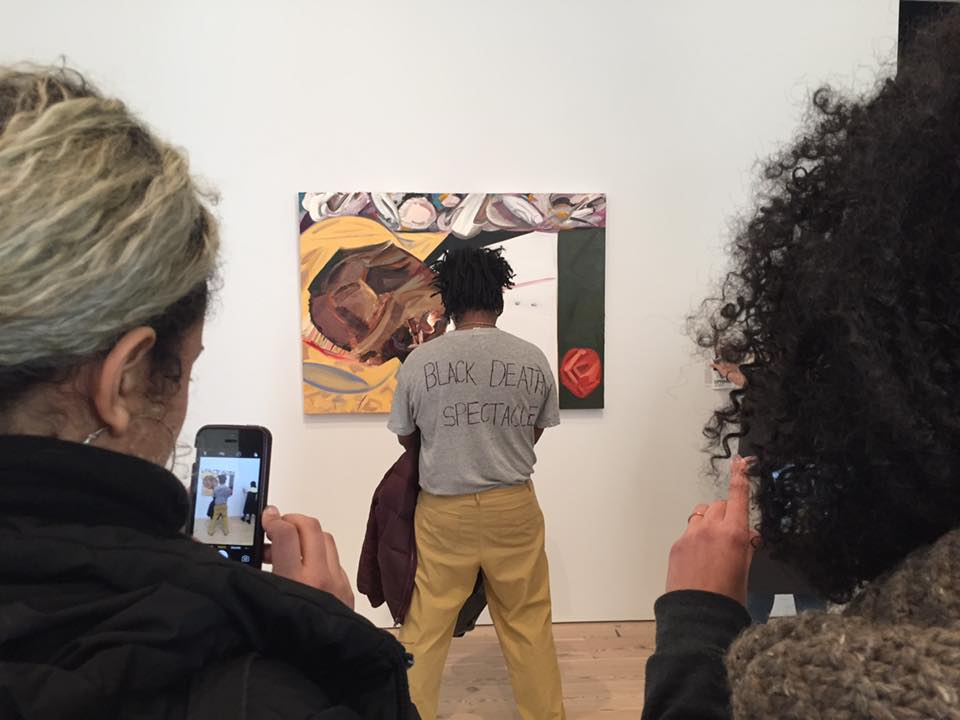Whenever discussing tech ethics, the most common thing I get asked about is the use of generative AI for artistic purposes. Previously, I’ve discussed the case of Jason M. Allen and his first place AI-generated entry at the Colorado State Fair. However, a great deal has happened since then in terms of technological innovation, wider public adoption, and legal wrangling. Marvel Studios, for example, was recently accused of using AI to generate posters for their Fantastic Four film given some strange “choices” – you be the judge. But Marvel is not alone; numerous other creators have been caught in the crosshairs. Is all the outrage justified? What is actually at stake? Why are people so up in arms?
Let’s consider some related concerns. Many arguments against Gen-AI art start by asserting that AI is inherently incapable of producing art, as it lacks human creativity or some other human-ness about it. But we should be clear about what we mean. As I have previously discussed, there are over 20 different theories of consciousness out there in the academic world, but there are very good reasons for accepting the fact that these algorithms are just automated statistical models and not something that is conscious. Ultimately, generative-AI is a tool for humans to use, just like a camera, a paintbrush, or a chisel. Just like those tools, they will not work without human input and whatever product they produce that will be accepted as “finished” or “complete” or even “satisfactory” will depend on what the human wanted to get out of it. If critics of AI art are going to charge that a person cannot make art with it, “because they typed a few buttons” then why can a photographer make art by clicking a shutter? This isn’t to suggest that anyone who uses Gen-AI instantly becomes an artist, but neither does anyone with a camera become a photographer. In other words, critics need to explain why some types of art can utilize technology while others cannot.
But, in a similar vein, some critics charge that AI cannot produce art because it is incapable of understanding human emotional qualities that are a necessary component of artistic expression. AI cannot understand or replicate the emotional intention behind art. First, it is important to note that in addition to the field of generative AI, there is a whole field of affective computing devoted to getting computers and AI to understand human emotions. There’s no obvious reason why insights from affective computing cannot build emotional understandings into an algorithmic model and have that influence the output. It is also known that AI-generated art can produce emotional responses in humans that we might expect any artform to do. Anyone who has seen the “priceless pancake” video on the internet can probably appreciate the level of emotional intuitiveness involved. If artworks are supposed to induce certain emotional responses in the audience, a clear argument needs to be made why AI is incapable of communicating the desired emotional effect, particularly if it is further modified by humans to achieve this end.
Critics may also charge that because generative AI is trained on the images of other artists, it cannot truly be creative. But creativity is an ambiguous concept. While gen-AI models do take their cues from the inputs they are given, it is worth noting that they are also not completely deterministic, nor do they simply reproduce works that they have been trained on. There is always room within the statistical mesh of relationships a model forms to produce something new; generative AI is capable of creating novelty out of what has come before. Ultimately, whether something is creative or not depends on what we “see” in the work.
There is also a sense that gen-AI art cannot produce art because of the intellectual theft or plagiarism of pre-existing works. But we should be careful to separate economic and aesthetic concerns. I wonder how critics would feel about a model trained entirely on artworks that exist in the public domain, or an artist who trains a model to produce new works using only their artworks as training data. Would a lack of copyright concerns in these cases still preclude the idea that such models could produce (or at least contribute to) real works of art?
Copyright exists to protect artists when it comes to commercializing their work. Another person should not be able to reproduce that work and sell it such that it would compete with the artist. However, it must be a very similar reproduction to qualify as infringement. Something done “in the style of” a work does not violate the original’s copyright. Cuphead, for example, does not infringe on Disney’s intellectual property despite obviously borrowing from features of early Disney cartoons. Likewise, a work’s particular structural components are not protected. For example, Ed Sheeran successfully defended himself against a copyright infringement lawsuit on the basis that chord progressions cannot be exclusively controlled.
These considerations complicate the claim that generative AI is effectively “stealing.” Images used as training data are not completely reproduced. Rather it is the statistical patterns of lines, cues, and pixel patterns that a network will learn. Also, a single image will have an infinitesimal impact on the overall output on a model trained on entire libraries of content. This is why it is difficult to argue that incorporating an image in a data set represents a clear case of copyright infringement. This, of course, doesn’t mean that the practice is ethical, but we do need to clarify which kind of problem it is: in some cases it might be a trademark issue, but, perhaps more often, it is a free rider complaint – developers use artists’ images without compensation in such a way that it threatens the artist’s livelihood and endangers art as an institution.
Still, we should be careful to distinguish the economic and industrial issues involving working artists from the issue of the place of AI in art in general. It’s no good to let our feelings about how AI might affect working artists affect how we evaluate AI-generated art as an art form and its potential to contribute to the world of art. We might fear a future where no one can make a living working as an artist, but we must also recognize that average people can now explore their own aesthetic interests thanks to AI’s democratization of art. Fewer people make a living as artists, but more people make art for themselves. Must we assume that this would leave the world of art worse off? Surely we can be sympathetic to working artists and think that they should be compensated or protected, without concluding that AI is necessarily bad for art in general.
This isn’t to insist that there are no ethical concerns regarding our current use of generative AI to create art. Rather, my point is that we must be especially precise in identifying what the nature of our objections is. We need an answer that doesn’t create more problems than it solves – by either overexpanding copyright or suppressing artistic expression.


